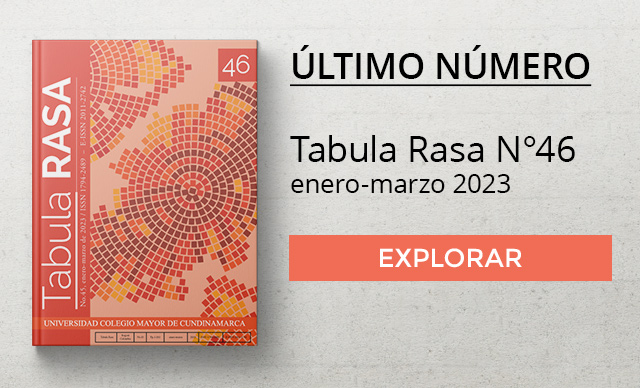Figurations of ‘the Animal’: Racism, Speciesism, and Other Overlapping Oppressions
Guest Editors
A. Berenice Vargas García
National School of Anthropology and History / Universidad Autónoma Metropolitana-Iztapalapa
berenice.vargs@gmail.com
David A. Varela Trejo
National School of Anthropology and History/Escuela Nacional de Antropología e Historia
davidvrltrj@gmail.com
According to Donna Haraway, ‘figures’ embody shared meanings in histories that allow us to inhabit the world, alongside with other (human, more-than human, in-human, other-than-human) beings. Thus, talking about ‘figurations’ invites us to think about open meaning-making processes, whereby reality is both depicted and intended to be transformed. ‘The animal’ —or animality—, as some figuration transcending the purely biological, makes possible to describe how this category is used to mark others negatively —Homo sapiens and other creatures of the Animalia kingdom—, in the space of the less-than-human; a liminal and norm-deviated area, where specificity is the result of a long process of domination anchored in the Western modern-speciesist-colonial system.
The existence of ‘the animal’ is only possible by its constituent opposite, the ‘human fully human’; a hegemonic normative ideal embodied in the figure of the white cisnormative, heterosexual, neurotypical, rational, bodily whole, owner, civilized, citizen, and so on; the only body dwelling the being zone, and ruling over the world. Thus, anything that does not fit or deviates from that ideal has been historically marked as sub-human, that is, animalized and inferiorized. As Aph Ko points out, when we look to justify violence on certain bodies, we throw them to the ‘animal’ category: impoverished, peripheralized, marginalized people are charged of being animals; and the same happens with negatively racialized people; women, non-binary, trans or queer people; disabled, crazy, and neurodivergent individuals; immigrants and homeless people; and, last but not least, that huge diversity of living beings who are linked to ‘the human’ by a dramatic distance —animals are animalized, too.
Therefore, ‘the animal’ works as a naturocultural marker shifting between forms of oppression —be it racism, heterosexism, ableism, or speciesism, by reproducing discourses that get embedded into the social structure and help vital arrangements to continue to push lives into the non being zone. Animalization processes as means of ‘dehumanizing’ violence have been discussed from the lens of decolonial projects, critical studies on disability, critical studies on race, feminisms, queer studies, among others. Meanwhile, animality, as a subaltern condition within the framework of speciesism, has been problematized mainly by animal critical studies. Considering the above, the need of a dialogue between both approaches to the animal-human dichotomy becomes visible, aiming to give animality a place as a figuration anchored in the modern capitalist-speciesist-colonial system rather than a per se category, and in doing so to acknowledge that this figuration embeds itself in some bodies to lessen their value, be it Homo sapiens or animals.
This complexity has pushed both activists and scholars, to “think outside the box” or, in other words, to think outside the battlefield where they are mobilized, as well as outside the traditional wisdoms, practices y discourses used strategically by them. Consequently, this issue intends to open a forum for narratives in dialogue on animality, beyond disciplinary provincialism, as a technology to name and mark the other, thereby validating the oppression imposed on their bodies and subjectivities. Beyond intersectionality, we call for building knowledge without a center, that is, stop leaving aside a hierarchization of oppressions in favor of a privileged one for the analysis, and rather acknowledging, from a multidimensional perspective, that the genesis of oppressions, no matter how different they may appear on the surface, shares some vocabulary that reveals their overlapping. Thus, we welcome all those contributions, from critical and/or counterhegemonic approaches, willing to take on the challenge to situate ‘the animal’ as a common base from which denouncing the manifold ways of oppression and injustices traversing the huge numbers of those bodies of ours.
For further information or to submit your complete manuscript along with an abstract (in English, Portuguese, or Spanish languages), please write to our Guest Editors.
Manuscript reception deadline is March 01, 2024
Submisssions should be previously unpublished and comply with the journal guidelines. Refer to: https://www.revistatabularasa.org/en/norms/







